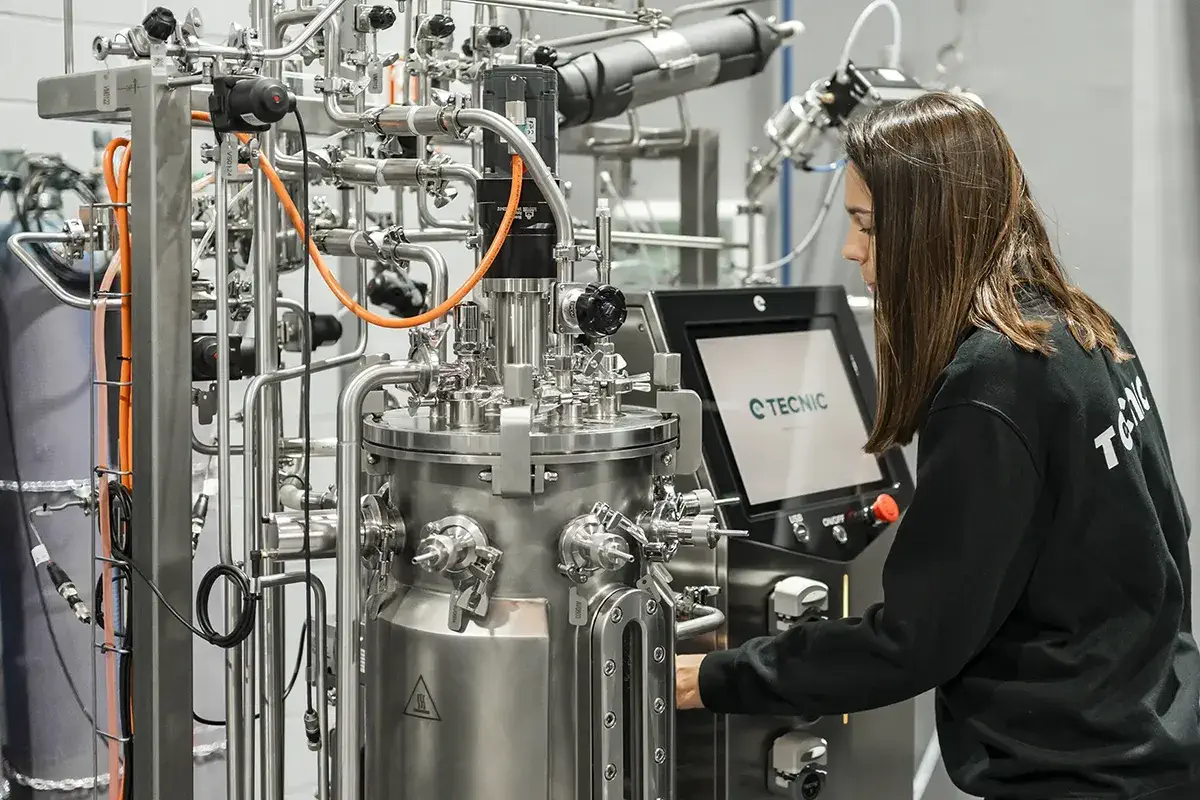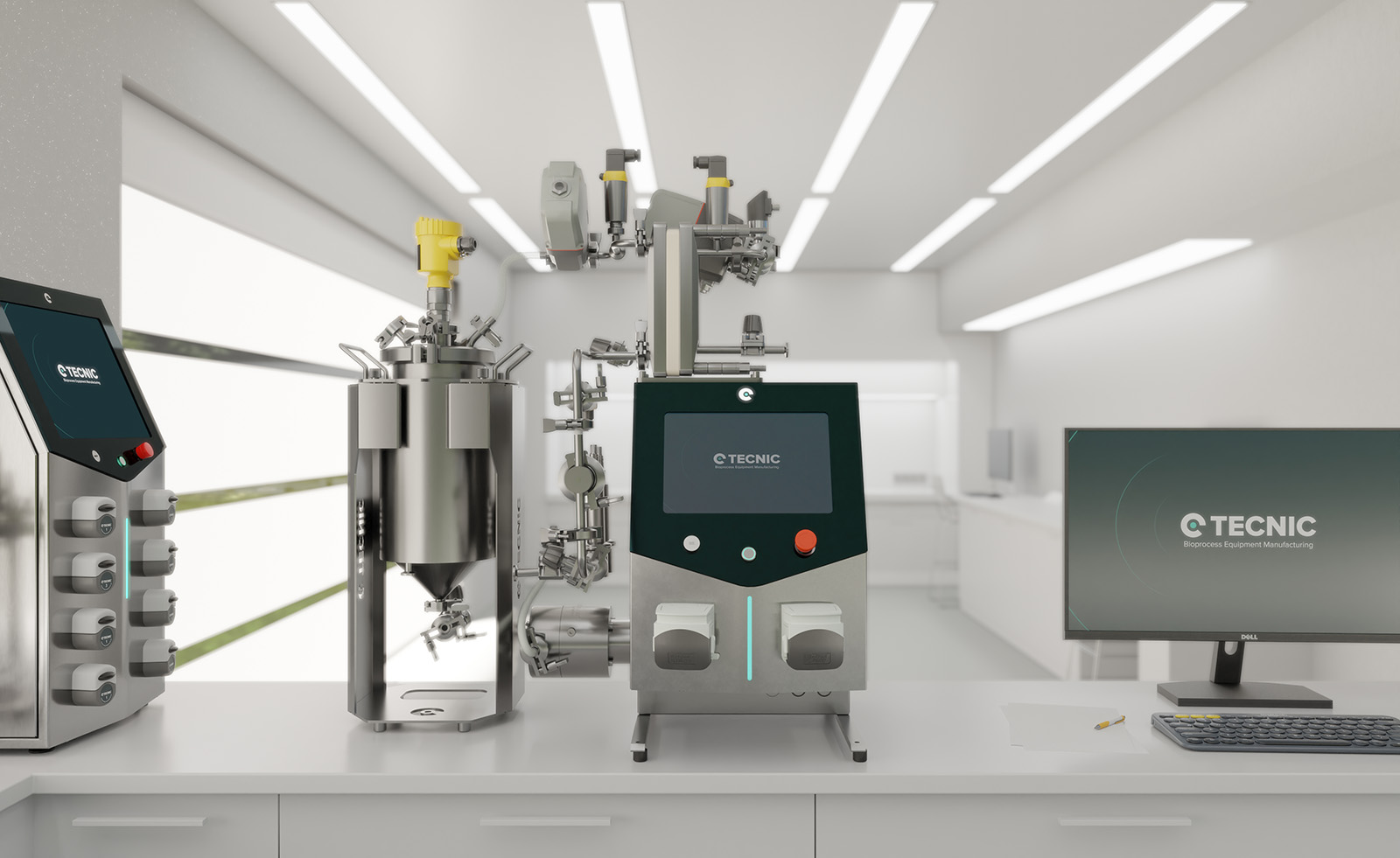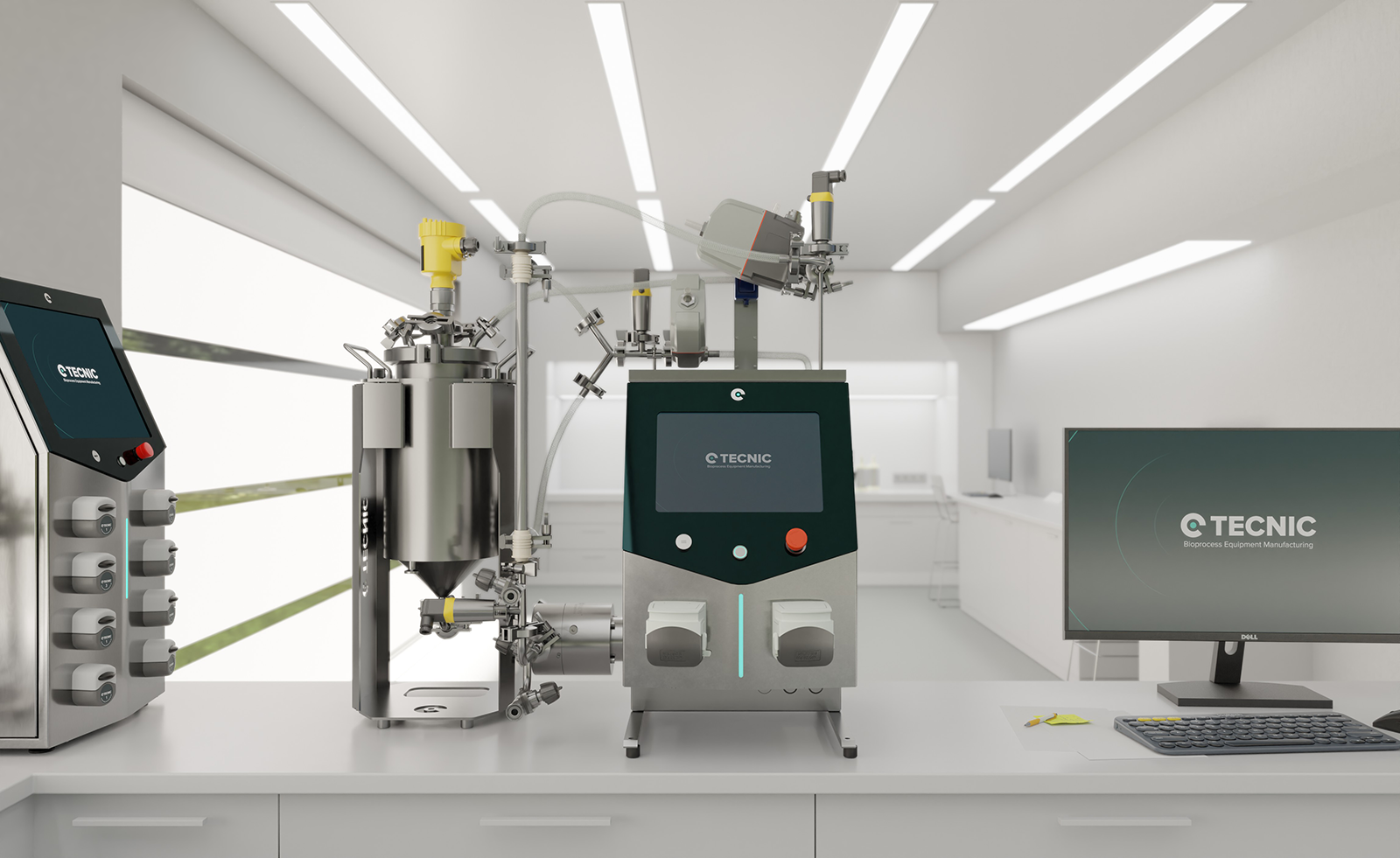pH, DO, OD and CO₂: Key cell culture parameters and what they measure
In any laboratory or biopharmaceutical plant working with cell cultures, controlling the cell culture parameters is essential. Cells, whether microbial, mammalian, or insect, require very specific conditions to grow and produce properly. This is where four key parameters come into play: pH, DO, OD, and CO₂.
Although these are common acronyms in bioprocesses, their exact meanings, what they measure, and why they matter as cell culture parameters are not always clear. In this blog, we clearly and rigorously explain each one, their relationship with cell physiology, and their impact on biotechnological process productivity.
pH: Acid-Base Balance of the Medium
pH indicates the acidity or alkalinity of the culture medium. As one of the most critical cell culture parameters, pH directly affects protein stability, enzymatic activity, nutrient availability, and membrane integrity. Cells are very sensitive to pH changes, making its control essential for optimal growth.
- Optimal value: usually ranges from 6.8 to 7.4 for mammalian cells, although other species may require different conditions.
- Too acidic: can damage cells, affect gene expression, and induce metabolic stress.
- Too alkaline: can disrupt ionic gradients and the absorption of certain compounds.
pH is measured in real time using chemical or non-invasive optical sensors, and is automatically controlled by adjusting the addition of gases (like CO₂), bases (like NaOH), or acids (like HCl), ensuring a stable physiological environment.
DO: Dissolved Oxygen
DO represents the amount of dissolved oxygen in the culture medium, expressed as a percentage of saturation or in mg/L. As one of the most important cell culture parameters, it is critical in aerobic cultures such as animal cells, recombinant cell lines, or bacteria like E. coli.
- Ideal value: between 30% and 80% saturation, depending on the cell type and process goal.
- Low DO: cells cannot obtain enough oxygen to produce energy (ATP) via respiration, limiting proliferation and productivity.
- High DO: can generate reactive oxygen species (ROS), leading to oxidative damage.
Dissolved oxygen sensors, often based on optical technology, enable precise control of aeration, oxygen supply, and agitation speed, maintaining adequate levels throughout the culture phases.
OD: Optical Density or Turbidity
OD, or optical density, is an indirect measure of cell concentration in the medium. As one of the key cell culture parameters, it relies on the cells’ ability to absorb or scatter light emitted at a specific wavelength. It’s one of the fastest and simplest ways to estimate cell growth.
- OD600: most commonly used wavelength for bacterial cultures.
- OD420-450: more commonly used for yeasts and other microorganisms.
- Higher OD = more biomass, although it can saturate in very dense cultures.
While OD does not distinguish between live and dead cells, it is useful for plotting growth curves, identifying culture phases (lag, log, stationary), and optimizing harvest times. It can be measured with spectrophotometers or inline sensors connected to the bioreactor.
CO₂: Atmospheric Control and pH Regulation
CO₂ (carbon dioxide) plays key roles as one of the essential cell culture parameters:
- Regulates pH: when dissolved in the medium, it forms carbonic acid (H₂CO₃), which lowers pH.
- Maintains culture homeostasis: many mammalian-derived cells are adapted to 5%-10% CO₂ environments, similar to intracellular and human body conditions.
CO₂ control is achieved by automatically adjusting the gas mixture (air, oxygen, nitrogen, CO₂) introduced into the system. Sensors measure CO₂ concentration and allow real-time stabilization, especially in incubators and bioreactors.

Interaction between parameters: An interconnected ecosystem
These parameters do not act in isolation. They are closely interrelated:
- CO₂ regulates pH but also affects cellular metabolism.
- Aeration influences both DO and medium evaporation, indirectly altering pH.
- pH affects enzymatic activity, which in turn impacts oxygen demand and CO₂ production.
That’s why modern culture and fermentation systems integrate automated platforms with inline sensors and advanced control systems. This allows precise and dynamic regulation of each cell culture parameter to maintain the necessary balance for successful cultivation.
TECNIC technology for total control
At TECNIC, we develop advanced solutions for the precise control of key cell culture parameters. Our laboratory, pilot plant, and production bioreactors are equipped with:
- High-precision sensors for pH, DO, CO₂, and OD
- Data acquisition systems and automatic control
- Intuitive software to customize alarms, scale-up, and data logging
- Compatibility with single-use or multi-use technologies
Whether in R&D contexts, recombinant protein manufacturing, vaccine production, or cell therapy, maintaining stable cell culture parameters ensures quality, safety, and efficiency throughout the biotechnological process.

Tips to improve monitoring and control in cell culture
- Calibrate sensors regularly: especially pH and DO sensors, to maintain accurate readings.
- Verify medium homogeneity: poorly mixed areas may show unrepresentative pH or DO values.
- Continuous monitoring: real-time data collection enables proactive adjustments and prevents failures.
- Integrate automated alarms: to detect critical deviations before compromising the culture.
- Validate the entire system under real operating conditions.
Conclusion
Controlling cell culture parameters such as pH, DO, OD, and CO₂ is more than a technical detail, it's the foundation of any biotechnological strategy. The stability of these parameters ensures robust, productive, and reproducible cell cultures.
Thanks to the development of advanced sensors, automated systems, and intelligent software, companies like TECNIC empower laboratories and biopharmaceutical plants to operate with maximum reliability.
The biotechnology of the future is built on data, precision, and control. And it all starts with understanding and mastering these four pillars of cell culture.
Frequently Asked Questions (FAQ)
It shows how acidic or basic the liquid is.
It means how much oxygen is in the liquid.
It tells how many cells are growing, by measuring how cloudy the liquid is.
It helps keep the pH level right and supports cell growth.
They help cells grow well and produce what we need.
With sensors and machines that adjust things like air, gases, and liquids.
It measures the acidity or alkalinity of the medium, crucial for enzyme activity and cell health.
Cells need oxygen for energy. Low DO reduces productivity; high DO can cause oxidative stress.
OD estimates cell concentration by measuring how much light is absorbed or scattered.
It helps regulate pH and simulates mammalian growth conditions (usually 5–10% CO₂).
Yes. For example, CO₂ alters pH, and oxygen levels impact metabolism and CO₂ production.







